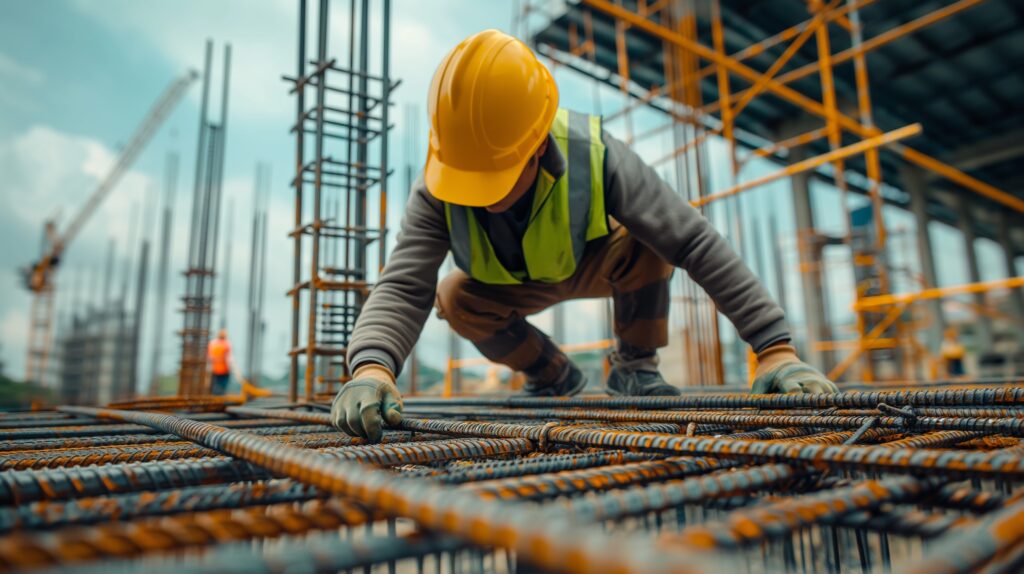The U.S. construction industry is deeply reliant on immigrant labor. Any disruption to this workforce, especially through stricter immigration policies, could significantly delay projects and drive-up costs, both directly (labor, materials) and indirectly (project timelines, housing availability). With immigrant workers, both documented and undocumented, making up a substantial portion of the construction labor force, tighter restrictions risk intensifying the existing labor shortage and compounding affordability issues across all forms of housing.
Immigrants represent up to 25% of the construction workforce, according to several estimates. The sector employs around 8 million people and contributes roughly $2 trillion annually to the U.S. economy. A 2016 Pew Research Center survey and more recent data from Construction Dive suggest that the share of undocumented workers is growing. Importantly, these workers are not displacing native-born labor; here is an acute shortage of both skilled and unskilled construction workers. In fact, the industry needs an estimated 400,000 to 700,000 additional workers per year.
Despite this demand, many construction roles remain unfilled. These jobs are physically taxing, and many workers exit the industry well before retirement age. The average hourly wage for a construction worker is $38.30, higher than the averages for both manufacturing ($34.10) and all U.S. occupations ($35.10), according to the Home Builders Institute. If immigration becomes more restricted, the labor pool will shrink further, pushing wages and material costs even higher, driving up the overall cost of housing, from market-rate to affordable units, whether for rent or for purchase.
Evidence already suggests immigration plays a moderating role on housing costs. A Federal Reserve study found that increased immigration in the early 2020s coincided with a slowdown in home and rent price growth, though it didn’t establish causation.
So, what can be done? A recent National Association of Home Builders (NAHB) survey proposed expanding H-2B visa availability. While helpful, this alone won’t solve the problem. The competition for skilled labor is only intensifying. Long-term solutions will require a combination of trade school investment, promoting careers in the skilled trades, and embracing technologies like 3D printing and modular construction. But in the short term, continued labor shortages will likely fuel rising construction costs.
In my opinion, stricter immigration policy will only drive up already inflated construction costs resulting in increased costs across the board for all forms of housing.
